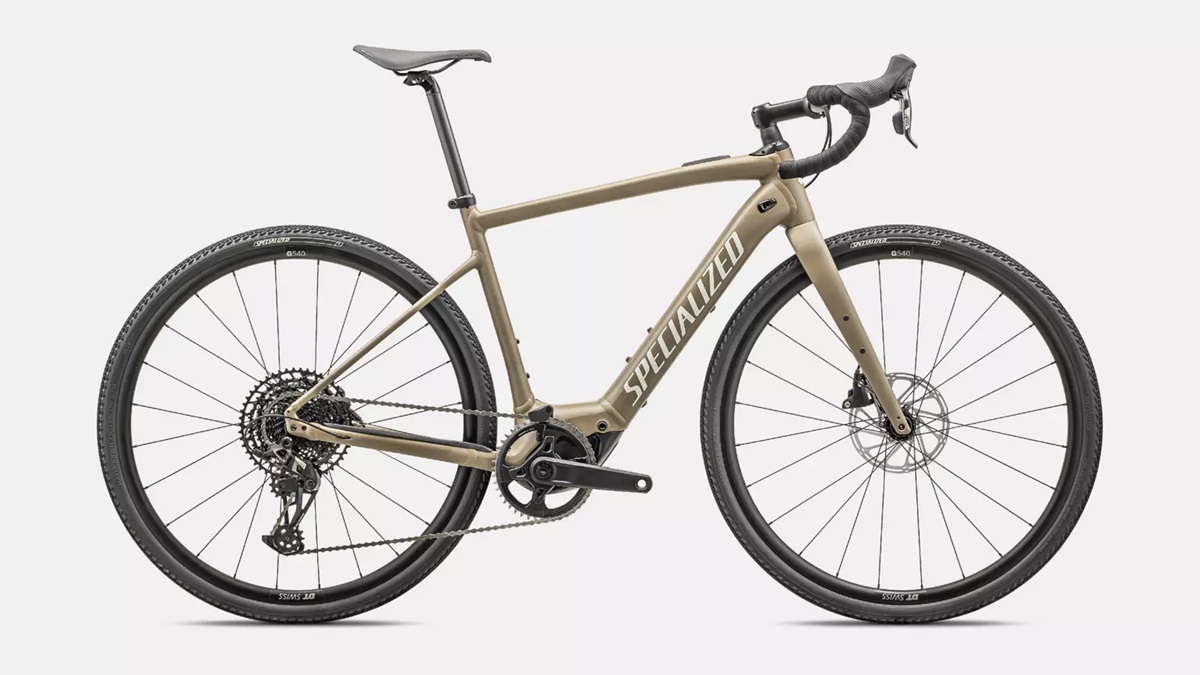
Used E-bike Specialized Turbo Creo: A Buyer's Guide to the Used Electric Bicycle, What to Check, Known and Lesser-Known Defects, Valuations, and Which Models to Focus On
Used E-bike Specialized Turbo Creo: A Buyer's Guide to the Used Electric Bicycle, What to Check, Known and Lesser-Known Defects, Valuations, and Which Models to Focus On
The following article provides a complete and impartial guide to purchasing a used Specialized Turbo Creo e-bike, analyzing the crucial aspects to consider for an informed purchase. The goal is to offer a detailed and objective framework, free of emphasis, to help the buyer correctly evaluate the vehicle.
Guide to Purchasing a Used Specialized Turbo Creo E-bike: Technical Analysis and Practical Advice
Buying a used e-bike represents an economical and sustainable choice but requires careful evaluation to avoid risks and ensure the longevity of the vehicle. The Specialized Turbo Creo, known for its performance and the integration of high-end components, is a highly sought-after model on the used market. This guide aims to analyze the critical points to inspect, known defects, and market valuations for a conscious purchase.
Introduction to the Specialized Turbo Creo Model
The Specialized Turbo Creo line has established itself as a benchmark in the e-road and gravel segment. Its architecture is based on a FACT 11r carbon fiber frame (or E5 aluminum for the SL Comp E5 models), a Specialized SL 1.1 motor, and an integrated 320 Wh battery, with the option to add a range extender. The propulsion system, characterized by a smooth and natural power delivery, is one of the model's distinctive elements.
What to Check Before Buying
A thorough check is essential to assess the vehicle's condition. The following points should be examined systematically:
Frame and Fork Condition:
Visual inspection: Check for cracks, deep chips, or signs of impact, especially in the joint areas between the tubes. If damaged, carbon compromises structural safety.
Alignment: Check the alignment of the frame and wheels. A misalignment could indicate a fall or structural damage.
Specialized SL 1.1 Propulsion System Condition:
Motor Functionality: Turn on the bike and test all assistance modes (Eco, Sport, Turbo). The motor should deliver power uniformly, without abnormal noises (creaks, whistles, or clicks).
Battery Status (diagnostics): Request a battery diagnostic report, which can be obtained from a Specialized dealer. This document provides objective data on the number of charging cycles, the battery's health (SoH - State of Health), and any recorded errors. Battery health is a fundamental parameter for its remaining autonomy.
Components and Drivetrain:
Wheels and Bearings: Check the trueness of the wheels, the absence of play in the hub bearings, and the condition of the rims (cracks or dents).
Drivetrain: Evaluate the wear of the chain, sprockets, and chainring. A worn drivetrain requires replacement, the cost of which can affect the purchase budget.
Brakes: Check the functioning of the hydraulic disc brakes, the wear of the pads, and the condition of the rotors. Ensure that the levers are responsive and not spongy.
Electronics and User Interface:
Display and Controls: Check the correct functioning of the display and handlebar controls. The interface should correctly show data (speed, battery status, assistance level).
Connectivity: Test connectivity with the Specialized Mission Control app, which allows you to customize assistance modes and record usage data.
Known and Lesser-Known Defects
Analyzing recurring defects is crucial to prevent post-purchase problems:
SL 1.1 Motor Issues: In some cases, the motor may exhibit a grinding noise or a slight "clack" during pedaling, a problem that generally does not compromise functionality but can be annoying. Check for this noise during the test ride.
Connectivity Problems: In some cases, connection issues have been reported between the motor and the battery or with the Mission Control app.
Speed Sensor Cable Wear: The sensor cable, located near the rear hub, is exposed to stress and can break. A sign of malfunction is the absence of speed display.
Market Valuations and Best Model Years
The valuations of a used Specialized Turbo Creo vary based on the year of production, the specific model, the general condition, and mileage.
Years to Consider: The first versions (2019-2020) are generally more affordable. Subsequent models, especially the more recent versions, benefit from software and sometimes hardware updates.
Price Ranges (indicative):
Entry-level models (Creo SL Comp E5): Prices between €2,500 and €3,500, depending on the condition.
Carbon models (Creo SL Comp Carbon, Expert): Valuations range from €3,500 to €5,000, with more equipped versions exceeding this threshold.
Top-tier models (S-Works): These are rarely found on the used market for less than €6,000 but offer high-end components.
Conclusions and Recommendations
Purchasing a used Specialized Turbo Creo can be an excellent opportunity, as long as you follow a rigorous evaluation methodology. Requesting documentation (purchase invoice, battery diagnostic report) and a thorough inspection of the vehicle are non-negotiable steps. Buying from a specialized dealer offers a greater guarantee, but an independent analysis remains fundamental. An informed purchase allows you to fully enjoy the performance of a high-end vehicle while minimizing the risks associated with the used market.
For further information write to:
NDR: the photo does not refer to the specific bike being tested
